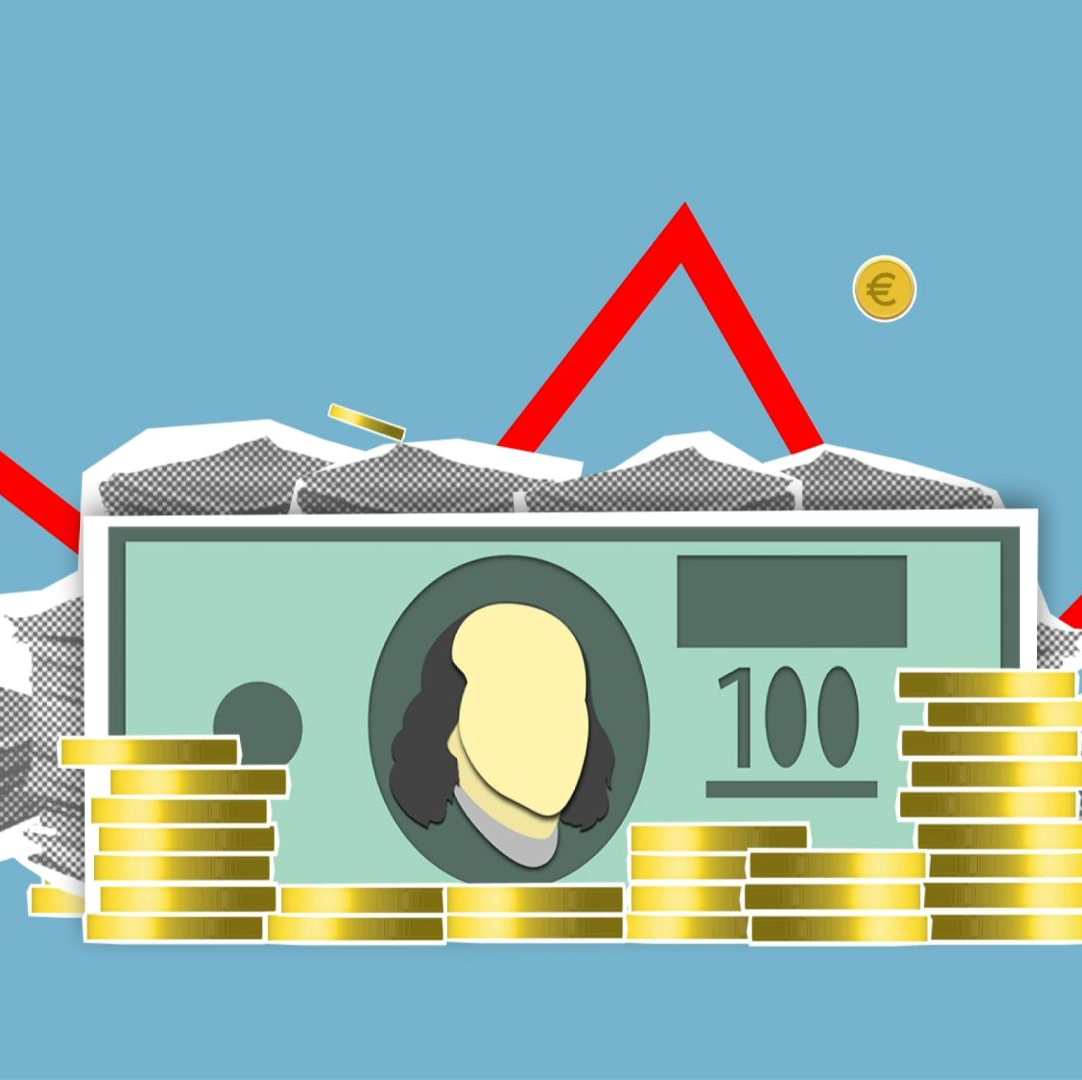After bottoming out during the duration of the Covid-19 pandemic, annuity rates are beginning to rise. As a result, buyers  typically retired or close to retiring  might find that rewards are better now than they were a few months ago.
If the Federal Reserve continues to raise its benchmark interest rate, as expected to combat excessive inflation, the pattern will undoubtedly continue.
In addition to GICs, annuities require a reevaluation as interest rates increase. Both are low-risk, conservative assets that were for a long time shunned by many investors due to their historically low returns. This year’s higher interest rates have significantly boosted these investments’ profits.
Annuities are insurance contracts in which you transfer a large payment to an insurance company for a lifetime stream of guaranteed monthly income. In a society where most workers lack pensions, annuities alleviate the worry of running out of money.
The following examples of $100,000 annuities in registered accounts with payments guaranteed to last ten years even if you pass away sooner show the improvements in monthly annuity income over the previous 12 months (the money would go to your estate or beneficiaries). An insurance advisor who specialized in annuities provided the information.
• A 65-year-old woman: $550.88 per month, up 15% from $478.90 12 months ago
• A 65-year-old male’s monthly cost is $589.75, up 15.6% from $510.10 12 months ago
The opposition to annuities stems from the fact that people dislike controlling their money. Once payments begin, you cannot terminate an annuity contract. Use an annuity to supplement a portion of your retirement income.
In addition to low-interest rates, annuities have been criticized for their low yields. Annuity payouts are not just dependent on interest rates; they also take into account the buyer’s age and mortality credits, or the money left behind when an annuity holder dies sooner than expected and is pooled for use by those who live longer than expected. However, as demonstrated above, rates play a significant role in annuities.
Inflation is driving higher interest rates and the cost of living for everyone, including annuitants. It is possible to purchase annuities that boost payouts annually to compensate for inflation, but the monthly payments are significantly lower. The example earlier discussed revealed a $2,400 annual difference between a conventionally registered $100,000 annuity and one with payments geared to mitigate a 4% inflation rate.
That’s an enormous decline. In my experience, it takes approximately 13 years to catch up on payments received without inflation protection.
It is vital for clients seeking inflation protection to invest a portion of their capital in the stock market. If you’re looking for a way to hedge against inflation, consider investing in dividend-paying equities.
Recently, interest in annuities has surged, although some individuals are waiting for better rates before investing. Consider laddering as an alternative to trying to time the interest rate peak, which involves staggered purchases of smaller annuities over time instead of a single lump-sum purchase. As an illustration, instead of purchasing a $100,000 annuity, you decide to invest $25,000 over four quarters. In most circumstances, annuity transactions require a $10,000 minimum.
As of June, the highest guaranteed investment contract (GIC) rates were 4.15 percent for a one-year term and 5 percent for five years. Annuity payments are made up of both the principal and the interest, so they can’t be directly compared to the return on a guaranteed investment certificate, which only pays interest. The annualized monthly payments from an annuity can still be used to compute a rough return.
Continuing with the previous illustration of a 65-year-old woman receiving payouts of $550.88 each month, which results in an annual sum of $6,610.56 and a return of 6.6% on the initial investment of $100,000, in an annuity. Your actual yield or return, based on income separate from your principle, depends on your life expectancy. It would take approximately 15 years of annual payments totaling $6,610.56 to repay the principal. Then, you will obtain interest and mortality credits.
Consider purchasing an annuity with non-registered funds to maximize your after-tax return. A registered retirement income fund’s annuity payouts are treated as regular income and taxed at the normal rate. Your payments are evaluated as a consistent combination of taxable interest and a return of principal if you have a non-registered “prescribed annuity,” as opposed to a registered annuity. Consequently, your after-tax income would increase.
Another factor to consider to get the most out of your annuity: It is vital to compare the payouts offered by various insurance firms. The best quote for the 65-year-old man used in the illustration was $26.02 more per month than the lowest quote. Over 25 years, this equals $7,806 before taxes.
Annuity Payout Factors
According to experts, the payouts from annuities are primarily determined by two critical factors: mortality (also known as life expectancy) and interest rates.
To stabilize the economy of the United States early on during the pandemic, the Federal Reserve reduced interest rates to historically low levels. However, the central bank has raised interest rates at its two most recent meetings due to rising inflation. This year is anticipated to bring about additional price increases.
Bonds are the primary investment vehicle for annuity portfolios held by insurance companies. According to Jeremy Alexander, CEO of Beacon Annuity Solutions, insurance companies will receive a greater yield on new bonds if interest rates go up. These increased yields are often passed on to customers through a more extensive monthly check.
Contact Information:
Email: [email protected]
Phone: 5052814047













